Advertisement
Researchers hoping to give the American chestnut tree a leg up on climate change
Resume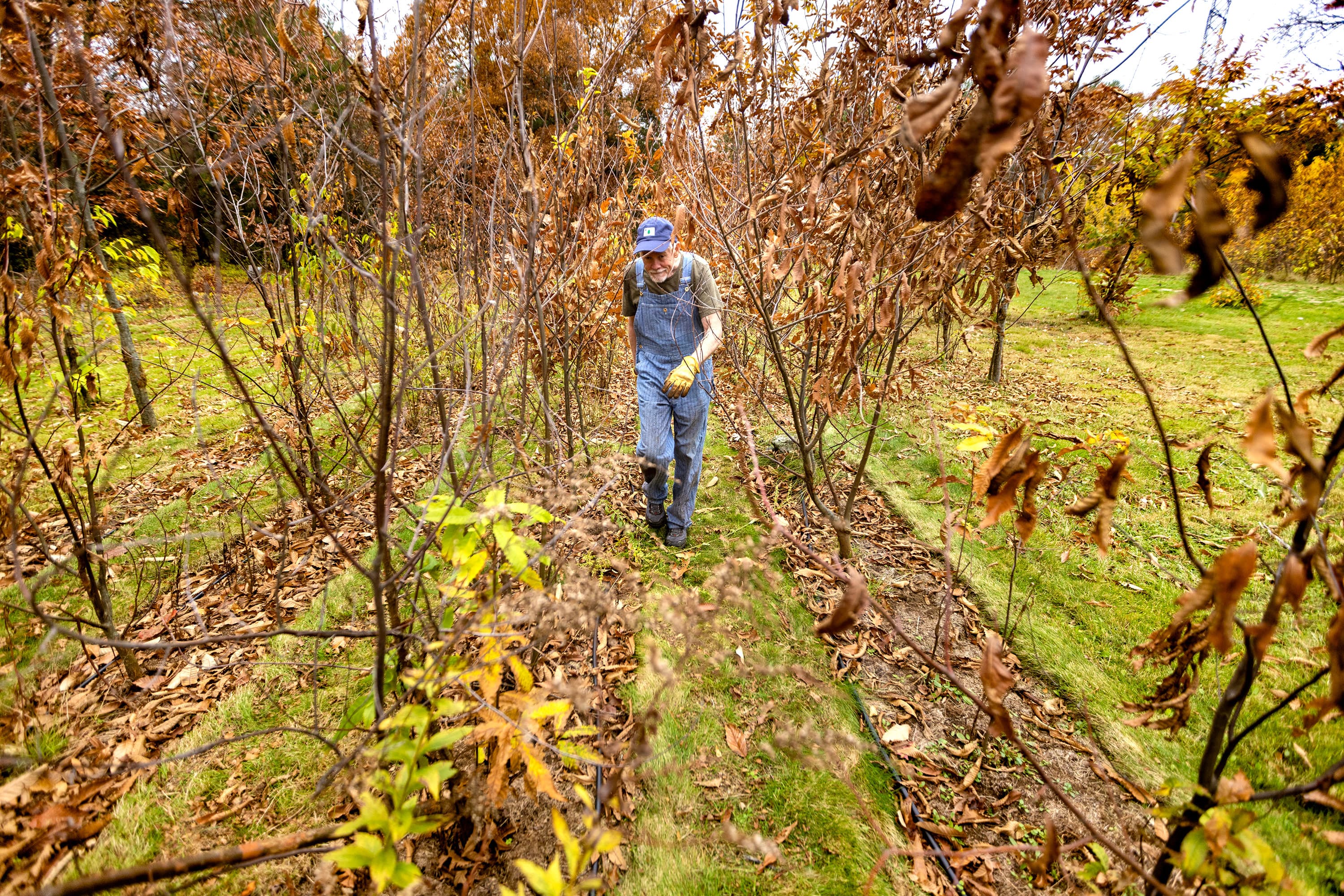
As the earth warms and the precipitation patterns change, trees are expected to migrate north seeking weather they are adapted to. Scientists project trees will need to move faster than their natural abilities through seed spreading.
That’s led some scientists at the University of Vermont to try to jumpstart this process for an already beleaguered tree: the American chestnut.
“We're simultaneously trying to restore the chestnut in our experiment, as well as testing how well it will perform in a future environment if moved a bit farther north,” said Peter Clark, the study’s lead researcher.
After a blight fungus decimated American chestnut trees across the eastern U.S. in the mid-20th century, dedicated naturalists have kept the species alive by breeding hybrids of the American chestnut with the Chinese chestnut.
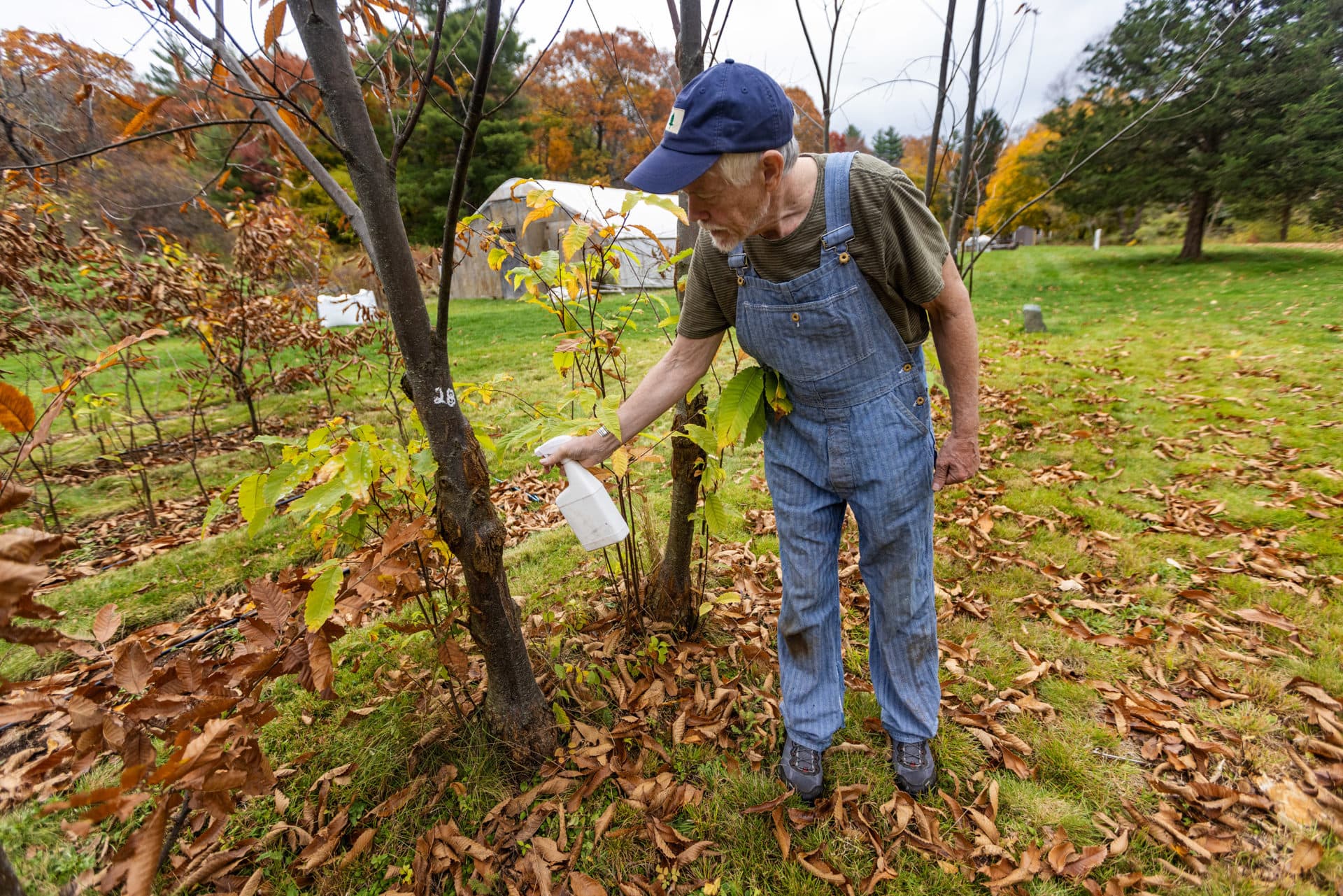
It’s those hybrids that researchers at the University of Vermont are using in an experiment of “assisted migration” — the process of planting seedlings outside their traditional habitat in an effort to give them a head start on climate change.
Four years ago, Peter Clark and his team planted over 900 two-and-three-year-old seedlings in New Hampshire, north from the chestnuts' historical range.
“We were really surprised that the American chestnut showed this incredible capacity to grow and persist, even in these extreme cold environments,” Clark said.
In his study, out of nine tree species that were transplanted, the chestnuts ranked second in growth and survival. It doesn’t mean it was easy for the chestnut hybrids — they grew fast in the spring, but cold snaps injured their roots in the winter. Still, over time, more than 400 chestnuts continue to grow.
“They'll potentially serve as a really important source for the future establishment of chestnuts in that region,” Clark said.
It’s too early to know for sure if assisted migration works, but scientists expect to learn more in about two decades.
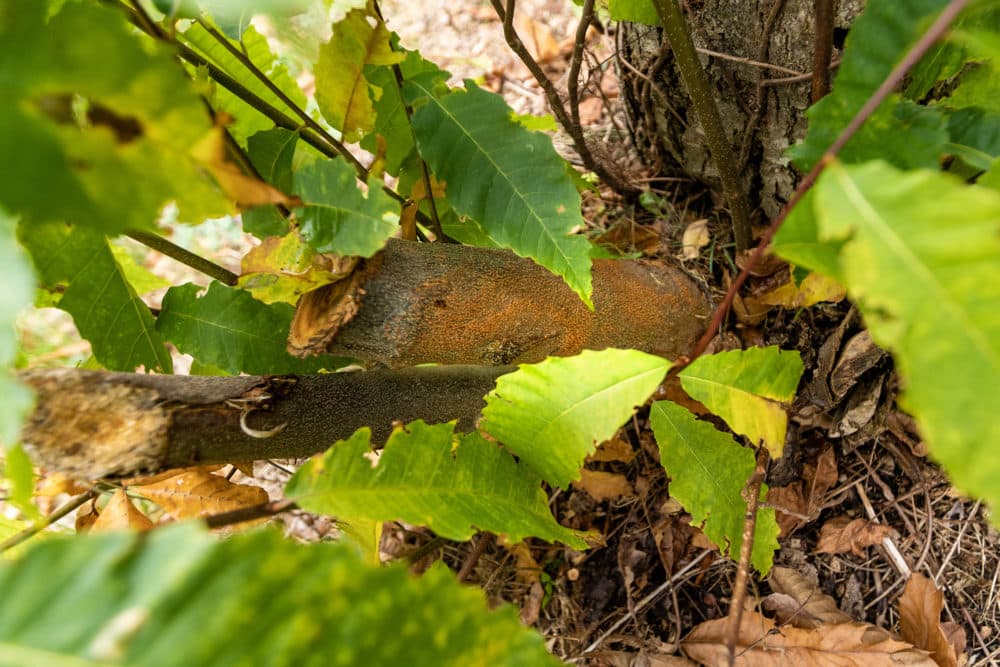
The group at University of Vermont is part of a large network of researchers studying tree migration called Adaptive Silviculture for Climate Change. Courtney Peterson, a researcher at Colorado State University, coordinates over a dozen sites in this program that are testing what kinds of human interventions can help trees be more resilient in the future.
She thinks studies of assisted tree migration like Clark’s will be key to learning how to manage forests with climate change.
“On-the-ground knowledge and expertise is going to be crucial as we're making these management decisions moving forward,” Peterson said.
Scientists collaborate with forest managers to design these studies to be as close to replicating a natural setting as possible so that managers can apply the lessons learned, said Tony D’Amato, professor of silviculture and forest ecology at the University of Vermont and one of the authors of the chestnut assisted migration study.
He also pointed to the importance of human assisted migration in the past, when Indigenous peoples helped spread chestnut seeds that formed the original American chestnut range. “The bigger movement historically would have been on Indigenous people just given how important it was to their culture for food staple.”
Facing an uphill battle
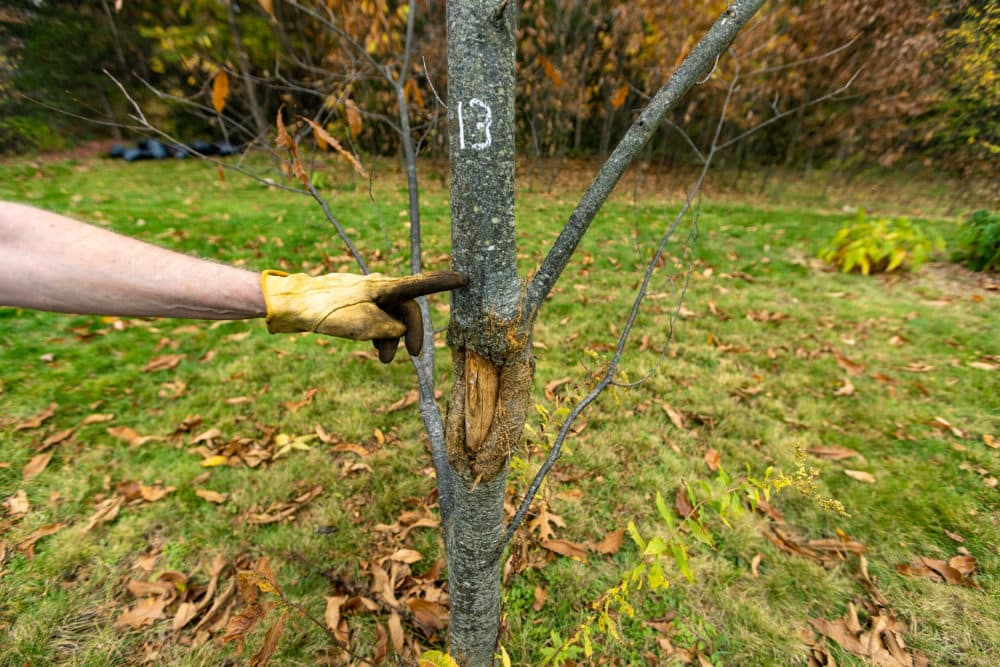
While the researchers are hopeful that the chestnut hybrids take root in northern climates, the reality is these trees are considered functionally extinct. Chestnuts can reproduce in the wild when the trees are near each other. But wild American chestnut trees very rarely reach maturity; the blight keeps them from growing to their full potential.
On a recent fall day in Weston, John Emery, the local chapter director for the American Chestnut Foundation, points to a gangly, thin chestnut tree just about 2 feet tall with a section of scraped off bark.
“When young male deer in the fall rub their antlers on the bark, that creates an opening for blight fungus to come in,” he says.
Besides the blight, deer are one of the biggest threats to the tree. In addition to the bark scraping, the deer eat the green tops of the seedlings. To tackle this problem, he uses deer spray and mesh nets.
Emery and other volunteers planted around 6,000 chestnut trees in the orchard in effort to breed blight-resistant chestnut tree hybrids. Still, usually less than 5% of the hybrids inherit enough resistance to be good candidates for further breeding. To identify the blight-resistant trees, they deliberately apply the fungus. Then they breed the hybrids from the surviving trees by hand pollinating.
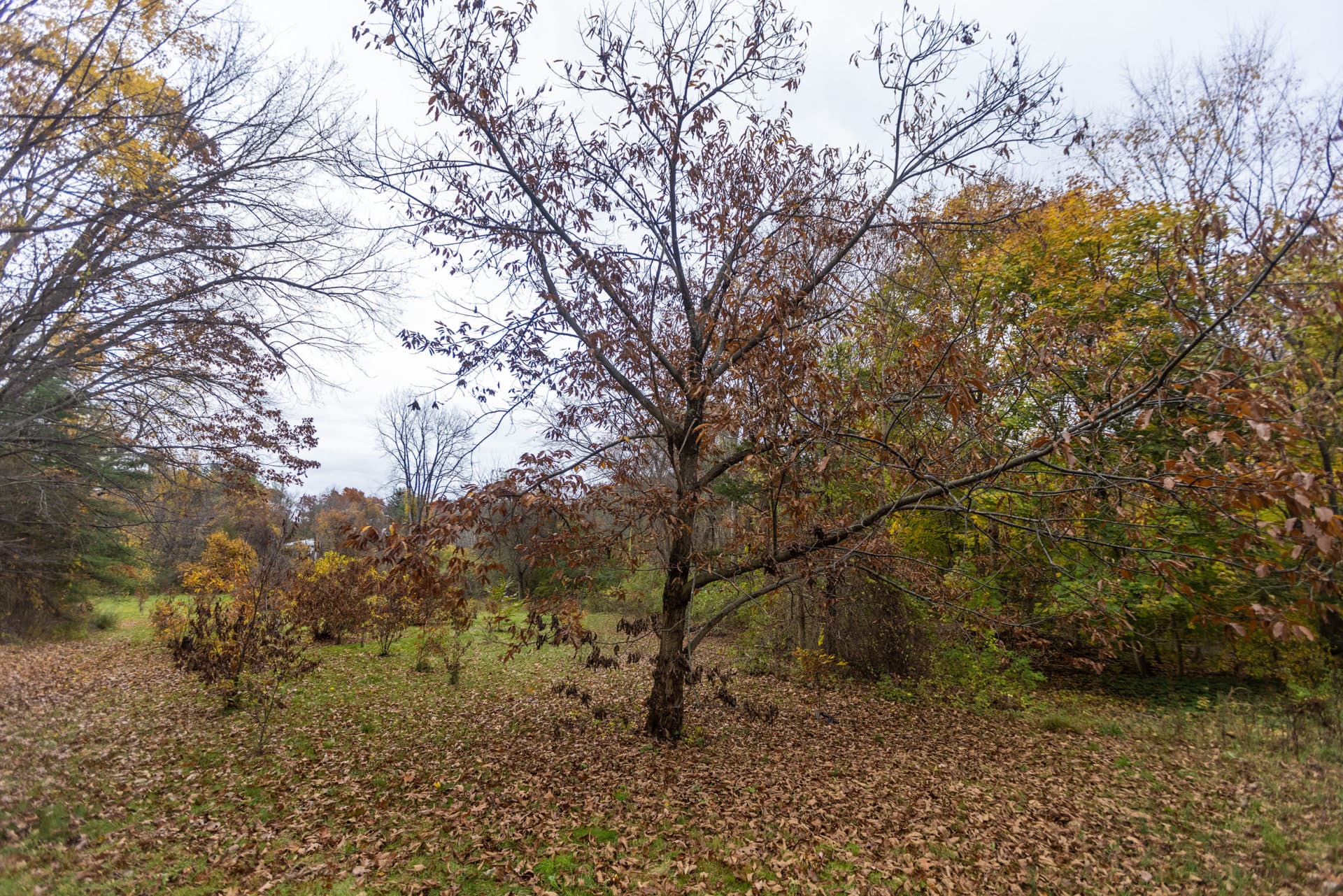
Emery supports all efforts to restore chestnuts to the environment, including human-assisted climate migration.
“The squirrels and the blue jays only move chestnuts as much as a mile a year. And that isn't really very fast compared to climate change.”
